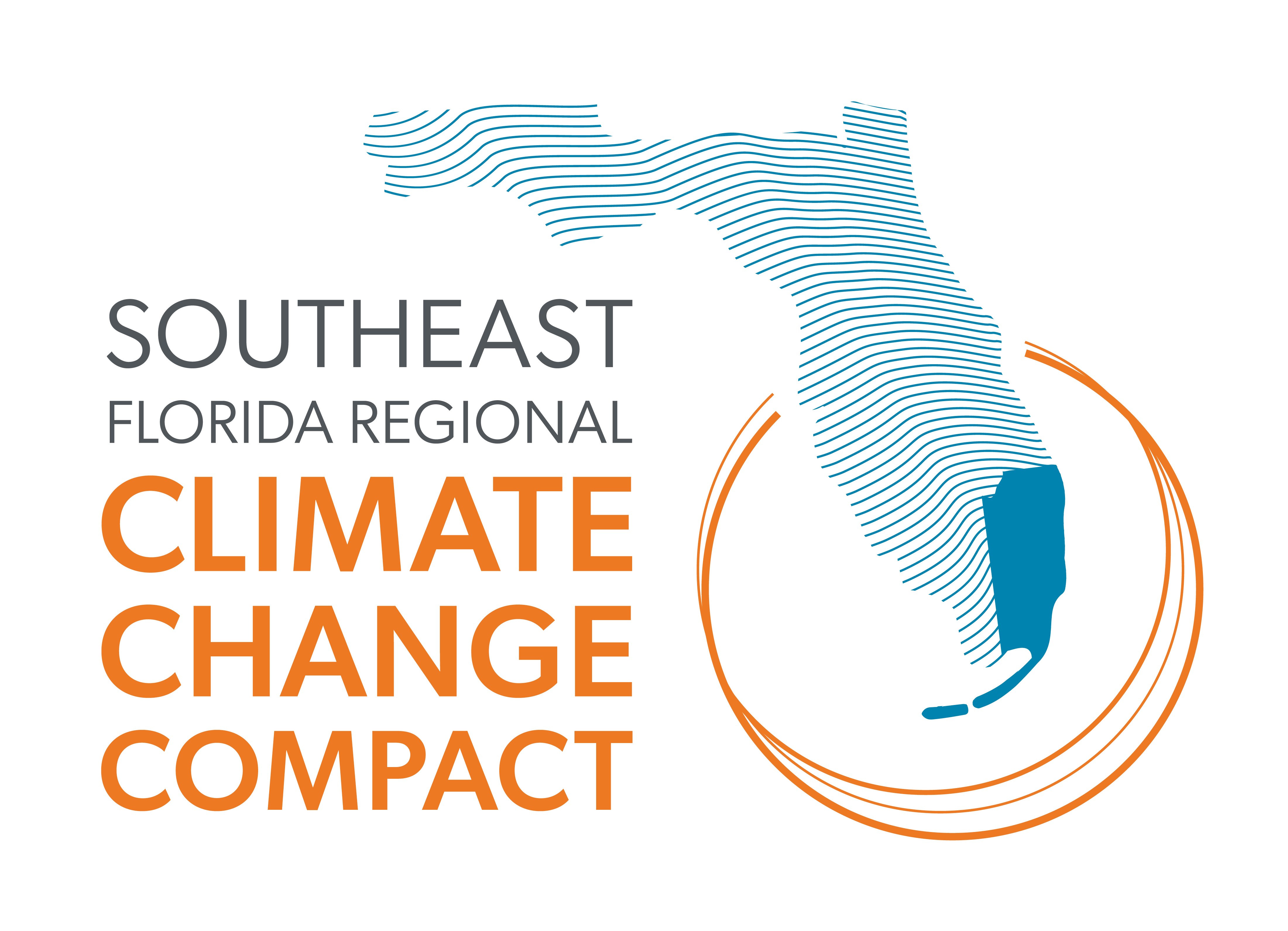Facilitate the transition to electric vehicles by the public.
STRATEGIES
ST-23.1 Prioritize solar + battery storage charging infrastructure to maximize emissions-reduction benefits and improve the community’s emergency preparedness and resilience for disaster recovery during power grid outages.
IMPLEMENTERS: local governments, electric utilities
ST-23.2 Develop solar carports and fast charging. Consider cogeneration as a second energy source.
IMPLEMENTERS: local governments, electric utilities, private sector
ST-23.3 Identify and expand electric vehicle (EV) charging infrastructure, including supporting a regional framework for locating public EV charging stations, and expanding EV opportunities at multifamily buildings, prioritizing low-income and workforce housing, workplaces and commercial and retail centers.
IMPLEMENTERS: local governments, housing agencies, private sector
ST-23.4 Require new properties to have Electric Vehicle Supply Equipment-ready electrical infrastructure and dedicate a minimum amount of parking spaces to EV parking.
IMPLEMENTERS: local governments
ST-23.5 Support regional efforts to establish a framework for locating and managing EV infrastructure.
IMPLEMENTERS: local governments, regional transportation agencies
ST-23.6 Encourage the use of EVs for all new and evolving shared mobility modes including ride-hailing.
IMPLEMENTERS: local governments, regional transportation agencies
ST-23.7 Integrate consideration of electric vehicles into emergency management plans. Deploy EV infrastructure along evacuation routes and plan for EV support during broad power outages.
IMPLEMENTERS: local governments, regional transportation agencies
ST-23.8 Address necessary electrical grid enhancements to support the transition to clean energy and electric vehicles.
IMPLEMENTERS: electric utilities
